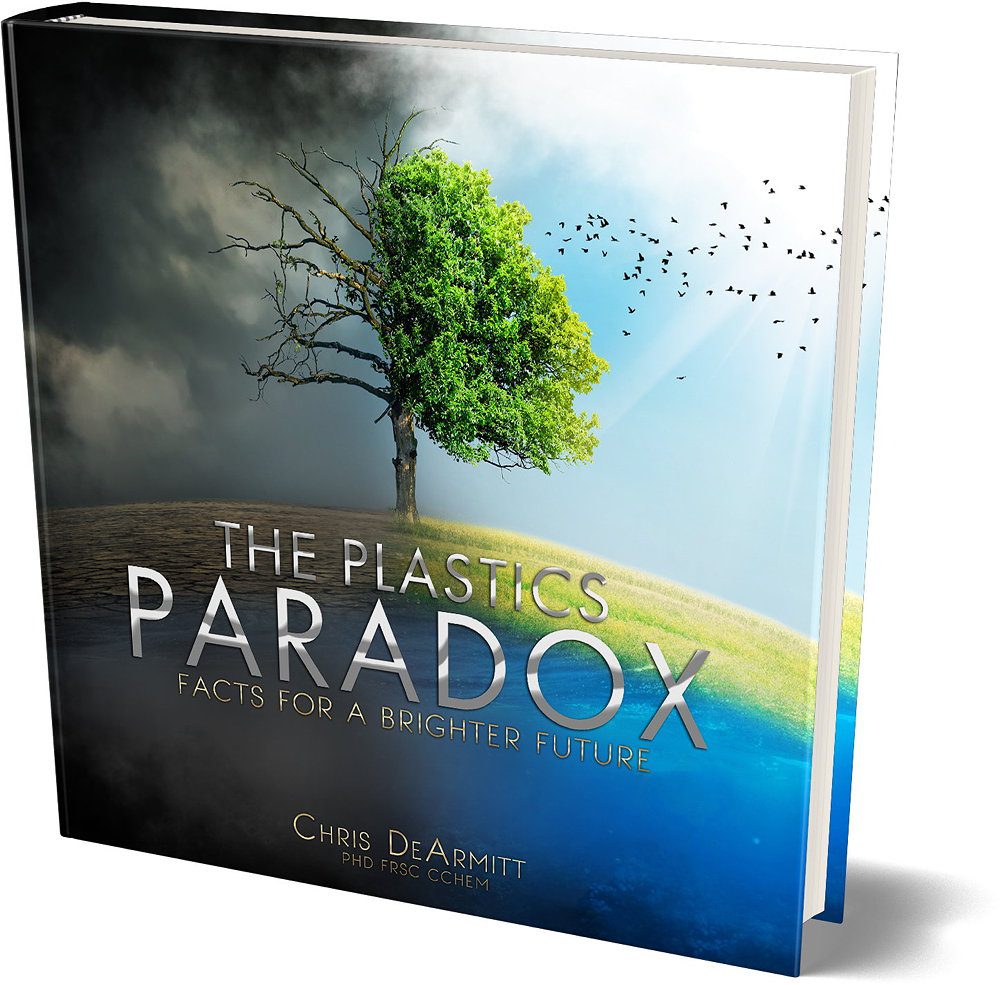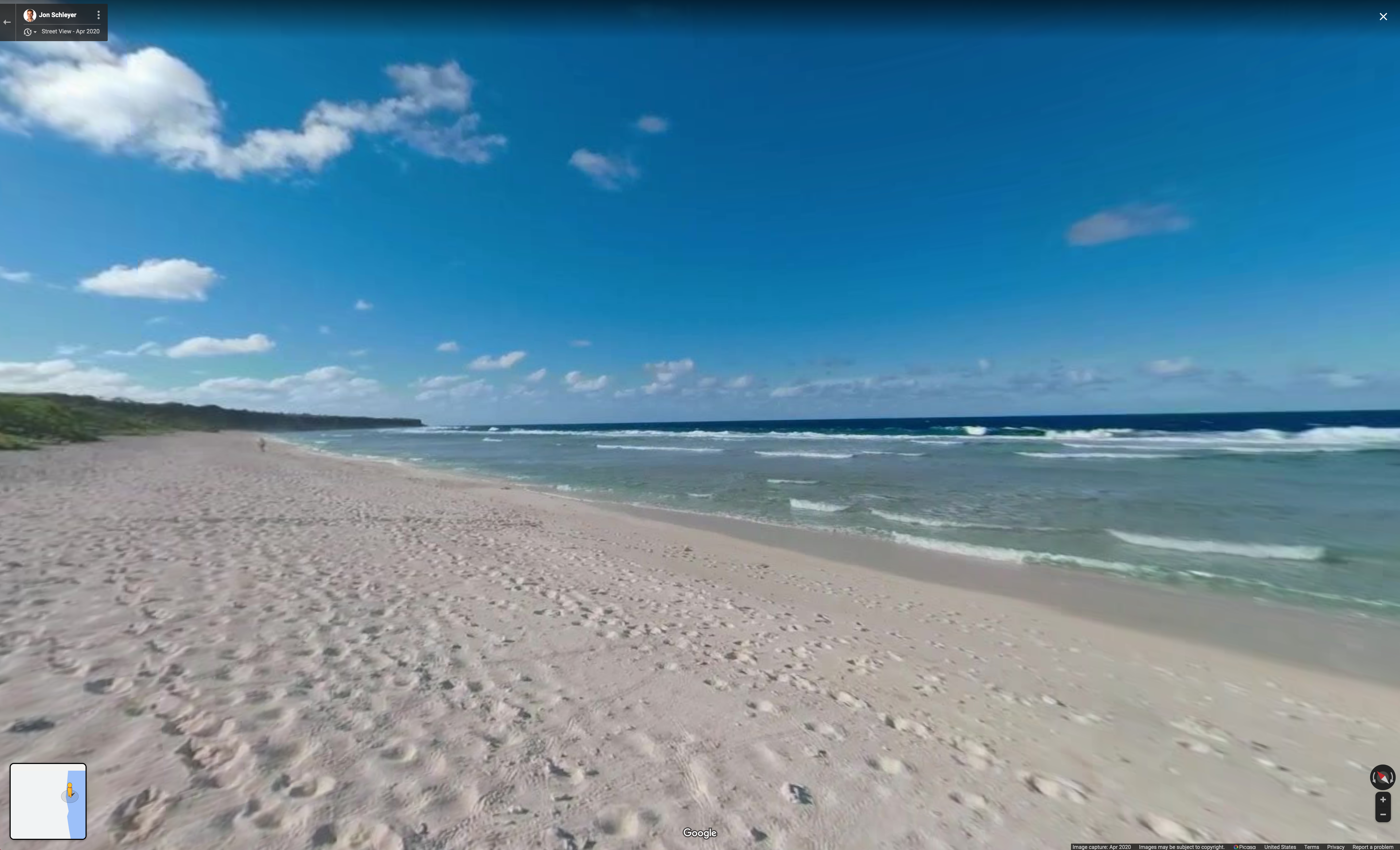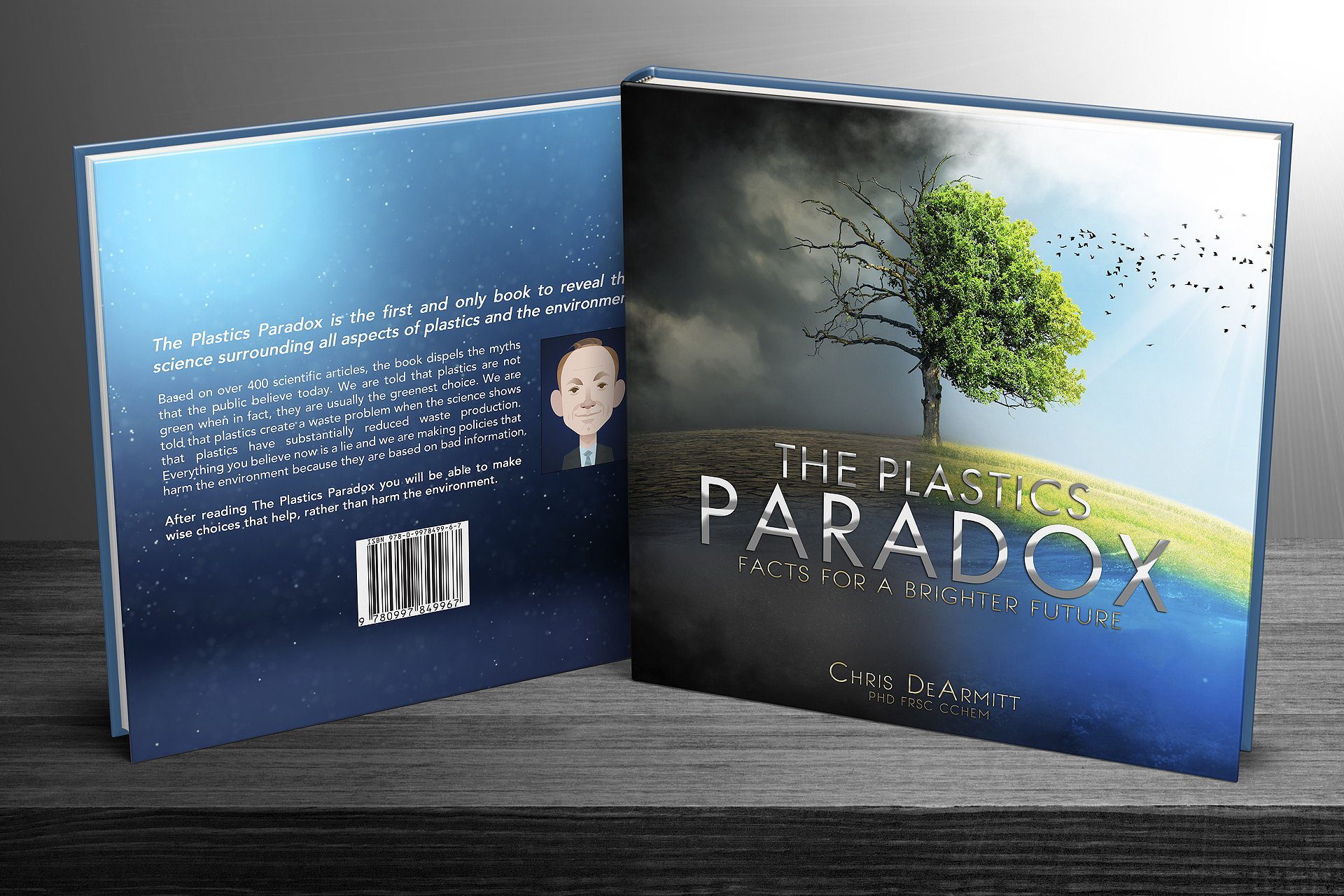PLASTICS & THE ENVIRONMENT
FREQUENTLY ASKED QUESTIONS
evidence & perspective from the leading INDEPENDENT expert
Plastics & the Environment FAQ
This is the number one source for answers to frequently asked questions about plastics and the environment. The Plastics Paradox book was based on about 400 peer-reviewed articles but the quest to find the truth didn’t end there. Since then I have read many more scientific papers on waste, litter, microplastics, degradation, ocean plastics and more.
Our understanding is continually evolving and now the total number of scientific articles reviewed stands at over 3000. That’s the most comprehensive independent overview of the science ever attempted. I didn’t wear reading glasses when this quest began, but I do now. Find out what I’ve learnt since writing the book and what science has to say about the alarming media headlines we see every day…
- Microplastics in our blood – how concerned should we be?
- Did a turtle really have a straw up it’s nose?
- Do we eat a credit card of plastic per week?
- Are plastics a threat to marine wildlife?
Should we believe the headlines? As always, the only way to be sure is to look at the evidence and get some perspective…

An Independent Scientist Examines Plastics & the Environment Headlines
Creating a scary headline is easy – simply make up a shocking story or repeat an unsubstantiated rumor. In contrast, it has been shown that the work needed to check the facts and expose the truth is ten times or a hundred times more than the effort that was needed to create the fiction in the first place. That is known as Brandolini’s Law.
Powerful, well-funded organizations with massive marketing budgets are creating such headlines almost every day. As one scientist working alone and without funding, I can never hope to “win” meaning that it is not possible to re-educate the public with the facts. That is frustrating because until people and politicians see the evidence, we will continue to make policies proven to increase harm, rather than decrease it.
“A Lie Can Travel Halfway Around the World
While the Truth Is Putting On Its Shoes”
Even though I know that the effort is futile, I am a scientist, so I feel it is my duty to present the evidence for those rare people who are not just pretending to care about the environment to be popular and to look good. This site is for the few people who genuinely care and can find just a few minutes to fact-check what we’ve been told.
Q. Are plastics and bad for the environment and should we ban them?
A. No, according to a huge number of LCA reports and scientific studies, plastics are usually the greenest option. They are better for the environment than metal, glass, cotton and usually paper, so replacing plastic harms the environment. Plus, getting rid of plastics would be terrible – no internet, no cell phones, no computers, no medical devices, no electricity to our homes, and so on.
Q. Should we replace PET bottles with aluminum cans or glass bottles?
Q. Are there huge floating islands of plastic in the ocean?
A. No. There are no such islands, “patches” or “soup”. There are areas where plastics concentrate but levels are so low, you can’t even tell if you are sailing or swimming there. Click here to see the the full story.
Q. Should we switch to biodegradable materials?
A. No. Biodegradable plastics are less green than standard plastics and when they degrade, they release large amounts of carbon dioxide.
Q. Do plastics take 1000 years to degrade?
A. No. Plastics degrade just like all carbon-based materials like wood and leaves. Experiments prove that a plastic bag disintegrates in less than one year outdoors. Click here for more information on plastics degradation.
Q. Will there be more plastic than fish in the sea by 2050?
A. No. This was debunked (see BBC article). Also, they recently realized that they overestimated the plastic entering the oceans from rivers by 100-1000 times. It was previously thought that millions of tons of microplastic enter the oceans from rivers but the latest estimate is now 6 thousand tons. There is a page dedicated to dispelling the more plastic than fish myth here.
Q. Are the oil industry pushing plastics onto the market to save themselves from declining sales?
A. No. If you increase supply of a commodity, like plastics, the price drops and you lose money. It makes no business sense to artificially increase the supply.
Q. Are there 100,000 microplastic particles per gram of fruit and vegetables?
A. No. When you read the study you find they didn’t detect any plastic at all. It is a shamefully poor piece of science and it has been reported to the publisher for retraction. Click here for more information on microplastics.
Q. Should we use more metal & glass because they are recycled at a higher rate?
A. No. Metal and glass are terrible for the environment. The solution is to keep increasing recycling rates for plastic, which many countries have already done.
Q. Is the Grand Canyon drowning in microplastic dust?
A. No. This article says that 10-20 tons of plastic dust is deposited on the Grand Canyon per year. That sounds like a lot, so I checked and the total dust landing on the Grand Canyon is 50 000 tons per year meaning plastic is just 0.03% of the total. A little perspective goes a long way! source: Atmospheric Dust Deposition Varies by Season and Elevation in the Colorado Front Range, USA Also they found that the natural dust is enriched in heavy metals like lead and cadmium. It also contains large amounts of quartz, which is proven to cause cancer.
Q. Were microplastics found in the placenta and should we be concerned?
A. Microplastic is the latest kind of dust found in the placenta. For example, studies show that titanium dioxide, carbon black and silica have all been found. It is interesting that microplastics in the placenta generated such interest whereas no-one had any interest in the other particles. Sources: Silica and Titanium Dioxide Nanoparticles Cause Pregnancy Complications in Mice – Ambient black carbon particles reach the fetal side of human placenta – Basal Ti level in the human placenta and meconium and evidence of a materno-foetal transfer of food-grade TiO2 nanoparticles in an ex vivo placental perfusion model
Q. Is it true that hermit crabs were stimulated by toxins from plastic?
A. No – the chemical in the study was not a toxin but an FDA food contact approved additive called oleamide that has been used in plastics and cosmetics without issue for decades.
Q. Is it true that Henderson Island is overwhelmed with plastic pollution?
A. No – although it has been claimed that the remote island is covered in plastic on the beaches, GoogleMaps satellite images show that the beaches are clean. Click here to see for yourself and see the screenshot below.

Q. Are PVA detergent pods a problem because they fail to biodegrade?
A. No – this has been studied and they were found to biodegrade rapidly. Click here to see what the scientists say.
Q. Microplastics have been found in the Antarctic - should we be concerned?
A. No – dust is everywhere, so reporting it is not news. Microplastics are 0.03% of dust and shown to be non-toxic. What about the other 99.7% of the dust? Much of that is proven to cause cancer or be toxic so why not mention that? Because demonizing plastics is so much easier than presenting the science properly in perspective. See more about the science and perspective here. Also see Microplastics in Antarctic snow: Shocking discovery or a case of plastics persecution?
Q. Are paper coffee cups really exposing us to tens of thousands of microplastic particles?
A. No – the study was on paper cups lined with plastic but the researchers did not actually detect microplastics at all. Instead they used Nile Red Dye as a stain even though that has been proven to not work properly because it also stains other particles. The plastic in the cup was a solid film, not particles, so it is highly probable that what they actually saw was wood fibers coming from the paper the cups were made of. Another example of shoddy science.
Q. Is it true that 3 million plastic bottles worth of microplastic falls on Auckland New Zealand every year?
A. No. The study used Nile Red Dye as a stain even though that has been proven to not work properly because it also stains other, non-plastic particles. The consequence is that the study is not valid as it massively overestimates the amount of plastic because other types of non-plastic are incorrectly counted.
Q. Is chemical recycling of plastics the answer?
A. No. For perspective, plastics are 0.4% of materials we use by weight (under 1% by volume). About 90% of plastics can be recycled the normal, green, cheap way called mechanical recycling. Chemical recycling might be a good idea for the other 10% of plastics. So, at best, chemical recycling will apply to 0.04% of materials. See how it’s being over-hyped?
Q. Is plastics recycling bad because it generates micropastics?
A. No. First, the study was not valid as they found particles and assumed they were plastic without evidence. Namely, the Nile Red Dye method they used was proven to be invalid. Secondly, many processes including paper recycling generate particles. Thirdly, this is from one plant and they should have filtered out any particles. Fourth, the other 99.999% of dust that is not plastic contains proven toxins like mercury, lead and arsenic plus carcinogens like quartz but everyone ignores the real dangers they present. Finally, microplastic particles have been measured and declared so low as to be non significant. They are 0.001% of dust we ingest. Source: Potential for Nile red dye-based analysis of microplastics from oceanic samples.
Q. Are microplastics really causing heart attacks as claimed in the headlines?
A. No. The authors of that study specifically stated that there is zero evidence that microplastics are causing cardiac events. The so-called “link” between the two is like the “link” between ice cream sales and shark attacks, they both happen in the summer but one does not cause the other. A huge flaw in the study is that for every one plastic particle found in the body, there are 99 others (study here) but this heart study completely failed to mention those other 99. Bad and misleading science indeed.
Q. Are the oceans really "choking" on plastic?
A. No. Peer-reviewed studies find levels of plastic 100-1000 times less than fake environmental groups claim and not increasing. A recent measurement found 6048 pieces of plastic in the Pacific Gyre, 85% was fishing nets and gear that do cause harm but the amount of consumer items like bags (0), straws (1) and bottles (9) was 0.03% of the total. Why is everyone talking about the items making not causing harm and overlooking the real danger?
Q. Should we replace plastics because they create a waste problem?
A. No. Plastics are less that 0.5% of all waste and they are proven to reduce overall waste creation. Replacing plastics means creating 3-4x more waste for every pound of plastic replaced.
Q. Are plastics a major source of carbon dioxide and global warming?
A. No. Scientific studies reveal that just 0.5% of all carbon dioxide is created by the manufacture of plastics and that plastics alternatives generate far more. See this dedicated page for more on the carbon footprint of plastics.
Q. Should we ban plastics because they cause litter?
A. No. The scientific evidence shows that people are the cause of litter, not materials. To stop litter, we need to encourage better human behaviour via education and legislation. Bag bans were found to increase sales of plastic because people were forced to buy much thicker trash bags and reusable bags and GHG increased massively as well.
Q. Do plastics items harm marine wildlife?
A. Abandoned nets in particular cause harm. However, replacing plastic nets with rope nets does not solve the problem. The problem is people who abandon nets, not plastic. Comprehensive scientific studies show that plastics are not a significant threat to turtles, whales or birds, as proven in this YouTube video.
Q. Should we ban plastic bags?
A. No. Plastic bags are the greenest alternative (see details here). Changing to paper bags means cutting down millions more trees per year, more carbon dioxide released & generating up to 10x more waste. A lifecycle analysis professional examined all 24 studies on bags and concluded:
“From all 24 reports and reviews assessed, the actual LCA analyses on grocery bags overwhelmingly point to plastic as the material with least environmental impact, both at single use level and multi-purpose.”
Neil Shackelton – Founder, Medoola
Q. Do plastics consume huge amounts of fossil fuel?
A. No. Only 4-5% of oil is used to make plastics and the use of plastics saves more than that amount by reducing the weight of vehicles, by thermally insulating buildings and by preventing food spoilage. Plastic production uses far less fossil fuel than other materials including metals, glass and paper. Furthermore, the two main plastics, PE and PP are available made from non fossil fuel raw materials.
Q. Does the USA consume 500 million straws per day?
A. No. That number was made up by a 9 year old schoolboy named Milo Cress. The press repeated it without thinking to check it first.
Q. Is LEGO washing up on beaches really a problem?
A. No. They found LEGO on a beach in England where a well-known ship accident dropped a million LEGO pieces.
Q. Did a study find microplastics in human tissue?
A. No. They placed the microplastic in the body to see whether they could detect it. Quote from The Guardian newspaper “This article was updated on 17 August 2020, after more information was provided to the Guardian by the researchers, to reflect the fact that the plastic particles had been inserted into the samples of human tissue.” Update – studies did find many types of particle in the body and this has been known for over 20 years. Of them, plastics are a tiny minority.
Q. Was a plastic straw pulled out of a sea turtle’s nose?
A. There is no evidence that it was. They never analyzed the object to see if the object was made of plastic. They wrote an email admitting that they were not sure it was a straw at all. There was never a peer-reviewed publication on it either, so this story is nothing but gossip as explained on this page.
Q. Do plastics increase carbon dioxide emissions?
A. Studies show that although some CO2 is given off making plastics, overall they reduce carbon dioxide by 1. massively reducing food waste 2. massively reducing gasoline consumption of vehicles 3. reducing use of coal, gas and oil for heating through their thermal insulating properties. Studies that only look at the CO2 given off while making plastic are therefore very misleading. Lastly, it is important to note that plastic replacements like paper, metal and glass give off 5-15x more CO2 when produced. See the science around the carbon footprint of plastics here.
Q. Are the plastics we use releasing toxic chemicals?
A. Plastics themselves cannot release anything because polymer molecules are too large to move around. Additives in plastics can be released but all additives are strictly regulated. Any additives found to be cause for concern are banned. It is also worth remembering that apples, pears, apricots, bananas and even wood release toxic chemicals such as formaldehyde and yet, as with plastics, the levels are too low to be of concern.
Q. Is it true that we eat a credit card's worth of plastic per week?
A. No. That study funded by the WWF actually says “humans may ingest 0.1 to 5 g of microplastics weekly”, (5g is one credit card in weight). A newer and independent study Lifetime Accumulation of Microplastic in Children and Adults said that the amount of microplastic consumed is negligible and it would take over 20 000 years to ingest a credit card worth of plastic.
Q. Are PFAS, so-called "forever chemicals" a real plastics issue?
A. No. Most PFAS are not plastics and the few that are (e.g. PTFE etc.) are non-toxic.
https://www.safeopedia.com/definition/2850/parts-per-trillion-ppt
https://www.ewg.org/research/national-pfas-testing/
https://www.ncbi.nlm.nih.gov/pmc/articles/PMC2072821/
https://www.ncbi.nlm.nih.gov/pmc/articles/PMC2920088/#b10-ehp.0901827
Q. Is it true that plastics are a major cause of bird mortalities?
A. No – there is no evidence to support that claim. In fact, scientific studies show the causes and plastic is not one of them. Click here to see for yourself. More science showing that plastics are not a significant threat to animals is shown in this video.
Q. Is it true that microplastics can cross the blood-brain barrier?
A. Yes – however, the study used a special type of particle only found in laboratories meaning it does not exist in the environment. Therefore the study is not meaningful.
Q. Are there microplastics in human blood and should we be concerned?
A. Any particles in dust of the right size can end up in blood, so this is not news. Because microplastics are just 0.03% of dust, the levels found were extremely low, i.e. about 1 part per million. Furthermore, there is no credible evidence of harm. It appears that the media are more interested in scaring us than in bringing is accurate information and that was proven in a recent scientific study. See the article Microplastics in Human Blood – How Concerned Should we Be? and Microplastics in the Brain.
Q. Should we be worried about BPA coming from plastics?
A. No. Scientists have studied this topic for over a decade and shown that there is no danger. The FDA review says there is no problem and so do other huge studies. Only ~1% of plastics contain BPA and only 4% of that ever touches food. The amounts of BPA found are tens of thousands of times lower than the safety limit and plastics are not the main source of BPA anyway. See the full coverage of BPA from Plastics here.
Q. Are plastic "nurdles" poisoning sea urchins?
A. No. The study claims that zinc coming from PVC pellets can be problematic – in fact, Zinc is very common and essential for life and used in anti-bacterial cremes for cuts and Head and Shoulders shampoo, for example. The zinc stearate used in PVC is FDA approved for use in skin ointment and in edible tablets. Meaning, it is so safe, you can eat it. Although it is well-known that zinc causes issues at higher concentrations, the study was not valid because they used 10% PVC by weight in water, which is millions of times too much compared to what is in the oceans. Even the authors admit that in the conclusion section. Why is concentration so important? Because at higher concentrations even substances like oxygen and table salt are toxic.
Q. Is microplastic exposure breeding antimicrobial resistance?
A. No. The article claimed that exposure to PVC plastic increased antimicrobial resistance but the work was performed by the same people who did the invalid sea urchin study mentioned above. Reading the publication reveals that they took a chemical so safe that it is approved for human consumption and exposed bacteria to it at concentrations hundreds of millions of times too high to be realistic, so the study is worse than meaningless, it is misleading and not valid.
Q. Is it true that microplastics from packaging can get into the human brain?
A. No. The new scare story is not valid science for several reasons. Firstly, it has been known for decades that particles of all kinds can get into the brain of rodents when they are exposed to extremely high concentrations, so the finding is not new at all. Secondly, they used a special type of nanoplastic that does not exist in the environment, so we are not exposed to it. They used millions of times too high of a concentration as well, further invalidating the study. A full report on microplastics in the brain can be found here.
Q. Is it true that plastics are toxic as the Canadian government attempted to claim?
A. No. Decades of testing categorically prove that plastics, and the additives that are sometimes used, are non-toxic which is why the Canadian courts ruled against the governments outlandish, illegal overreach.
Independent peer-reviewed science dispels the myths propagated by organizations getting rich by misleading us into donating and enabled by media organizations who are too lazy to check the facts.
I have to admit that the sensational headlines are more exciting than the truth. Fiction has no limits, which is why we enjoy Harry Potter and outlandish adventure movies. Then we return to our real hum-drum lives.
The same is true when it comes to plastics and the environment. The headlines are shocking and exciting, but they are just fiction. Fiction sells and too many people are buying. Our so-called environmental groups do nothing but complain. According to Wikipedia, Greenpeace has hundreds of millions of dollars and yet I never see them spend any of it on cleaning up the planet. All I have seen is their marketing machine trying to extract more and more money from a gullible public.
If you have decided to look at the data and make up your own mind, then you are one of the few. Our only hope is that you, and people like you, fight for the triumph of fact over fiction.
See an overview and read more about plastics and the environment.

“you can be for the environment, or against plastics, but not both”.

Dr. Chris DeArmitt is a renowned independent scientist and keynote speaker with decades of experience solving tough technical challenges for some of the world’s leading companies. He is a Fellow of the Royal Society of Chemistry and Fellow of the Institute of Materials, Minerals and Mining. He is also a Chartered Chemist with a long list of publications, presentations and patents to his name. His review of the science around plastics and the environment was performed unpaid to preserve impartiality.
Income 2024 : ~ 60% NAICS 424690 Chemicals, ~30% NAICS 423990 Durable Goods, ~10% NAICS 541110 Legal, ~0% NAICS 325211 Plastics Composition varies over time



